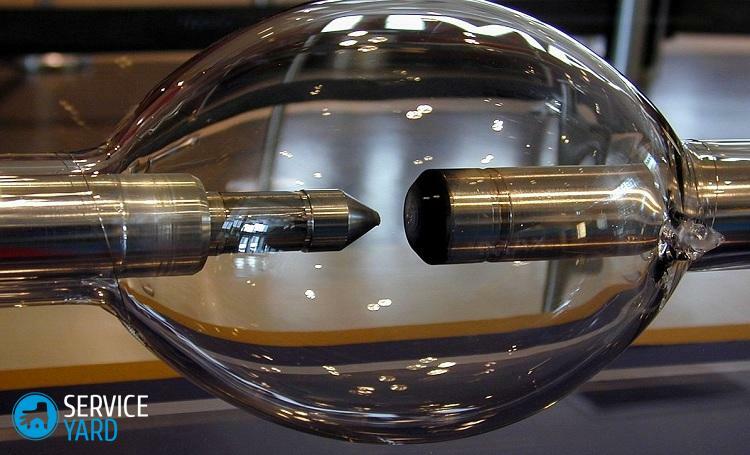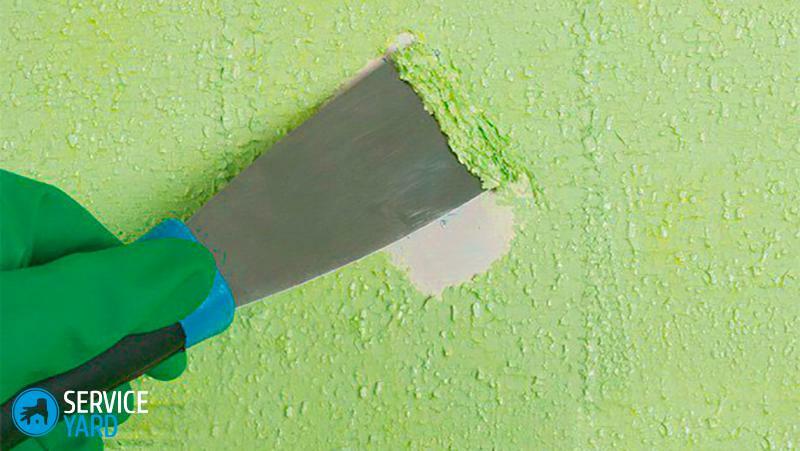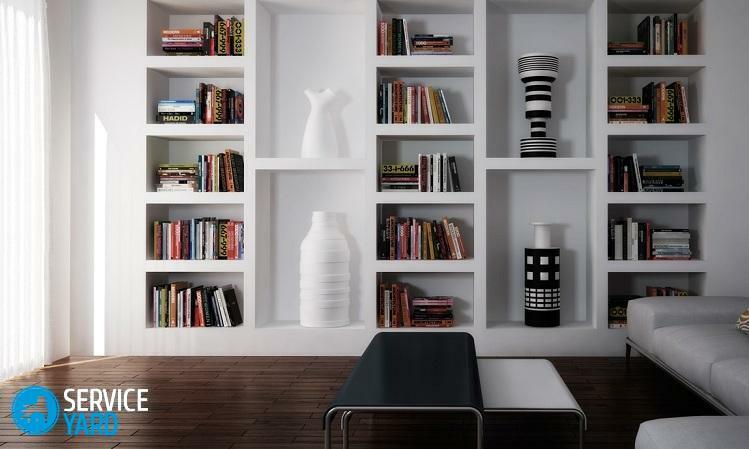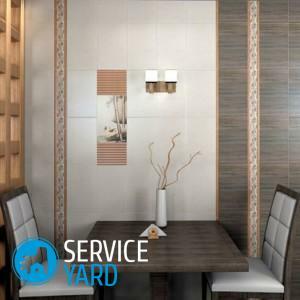
- Select adhesive
- Liquid nails
- Silicone sealant
- Liquid plastic
- Polyurethane adhesive
- General algorithm of operation
One of the most popular decoration materials, no doubt - wallpapers. And those who have a mediocre idea about the very process of decorating the walls with these covers, often do not know that there is a finishing stage - finishing the corners of the room is considered the final stage of any repair work. To make the walls look aesthetically pleasing, it is necessary to find out what and how to glue the corners on the wallpaper, because a poor-quality work can forever spoil the impression. From this article, you will learn how to pick up the best glue and how to conduct a further procedure.
to the contents ↑Choose glue
To date, there are a huge number of quality glue compositions with which you can make a conceived procedure. Among such compositions, four main groups are distinguished:
- Mounting adhesive;
- Polyurethane adhesive;
- Silicone sealant;
- Liquid plastic.
There are also two-component formulations:
- Epoxy.
- Polyurethane.
They must be mixed independently. Since this kind of work is rather laborious and long, we will consider below the properties of the adhesives listed above.
to the table of contents ↑Liquid nails
Do not know how to glue a plastic corner to the wallpaper with glue? Use "liquid nails".Very often this is the name of the mounting adhesive. It should be noted right away that, in addition to the adhesive, there is still a filler in it. It can consist of fine-grained clay, which has a fairly high level of plasticity or calcium carbonate. Such a filling is filled with voids, in order to ultimately obtain a high adhesion of the plastic, which will have an uneven surface.
Important! Such glue can have different colors, which means it can be chosen to match the color of the purchased corners.
There are two types of mounting glue, which differ in their basis and some minor properties. Before you glue the corners on the wallpaper, you need to get acquainted with each of these species.
Acrylic mounting glue
This adhesive is water-soluble because it contains a water base.
Advantages of this formulation:
- No odor.
- Fast drying.
The drawbacks include:
- The destruction of its properties during freezing and thawing.
- Not suitable for non-heated rooms.
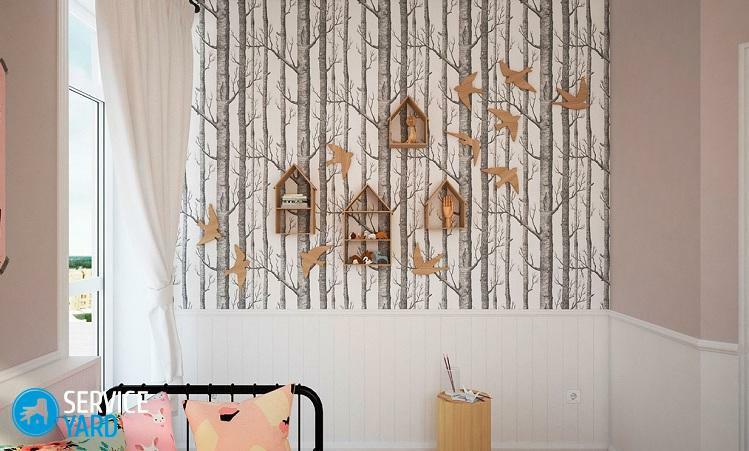
Neoprene liquid nails
This composition differs in its organosolubility. They are able to maintain all of their good properties even at high humidity in the room, which means they can be used to decorate the corners in the bathroom.
Advantages of such "liquid nails":
- Faster grasping, when compared with acrylic.
- Providing the highest adhesion, even when the surface is curved like an arch.
Important! The main and probably the only drawback of neoprene glue is a sharp and unpleasant smell during drying.
Sticky technology
How to glue plastic corners on wallpaper using "liquid nails"?Using a special glue gun, this work is simple enough:
- Degrease the surface.
- Apply adhesive compound "snake" or dots.
- Glue the corner to the prepared place.
Important! The main grasp lasts a couple of minutes, the final drying - about a day. If you want everything to get stuck faster - get a quick-drying mounting glue.
to content ↑Silicone sealant
This material is often used instead of glue. However, many notice that this option is not considered successful, because the corners - it's not just a decor, in the first place, they protect the outer corners of the room from external influences.
Important! If you decide that it is better to glue a plastic corner to wallpaper with such a composition, then the ideal option is to purchase a neutral sealant made of silicone.
Pros of neutral composition:
- High bond strength.
- Bonds the material to the surface for a long period of time.
The disadvantages are:
- High cost.
- Long drying - the sealant dries for about 5 days.
Liquid plastic
This adhesive compound can be suitable if only your corners are made of PVC( PVC).
Pluses of liquid plastic:
- Excellent glued plastic corners on the wallpaper.
- Provides quite high adhesion.
Cons:
- Often the high price.
- It's hard to remove the drops of the composition that accidentally hit the wallpaper.
Polyurethane adhesive
Not every polyurethane adhesive is suitable for the implementation of the conceived procedure. Before you buy such a glue in the store, you should carefully read the instructions on the tube.
Advantages of such glue:
- High reliability of gluing.
- The stripe can be adjusted.
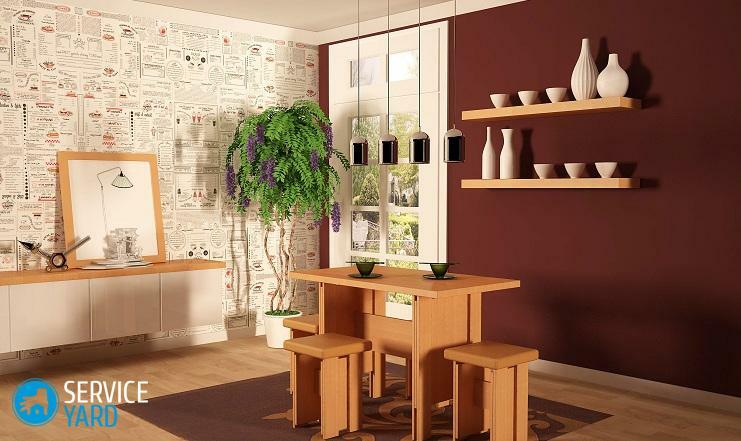
The main disadvantages:
- A sharp, unpleasant odor.
- High cost of the product.
- Small packaging.
Application features:
- The adhesive is applied in a thin layer on the plane of the wall.
- Waiting for its rapid solidification.
- Then you need to press the corner to the wallpaper after 25 minutes.
Important! Grasping of such glue occurs for 24 hours, full drying - for 48 hours.
to content ↑General algorithm of operation of
Before proceeding to the procedure itself, it is necessary to find out how to glue the plastic corners on the wallpaper. Next, a detailed algorithm will be given, following which you can easily perform this procedure:
- Cut corners - as a rule, they are available for free sale in strips of 270 cm.
Important! Surplus can be cut using a clerical knife, a small hacksaw, a Bulgarian with a metal disc or special metal scissors.
- Apply an adhesive to the decor or wall and press the corner to the desired location. The exception is polyurethane adhesive.
- To iron a decorative object with longitudinal movements - this is necessary for an even distribution of the adhesive.
- To fix the corner, using a paint tape for this.
- After the time specified in the instructions on the tube, remove the adhesive tape and get rid of the adhesive tracks on the wallpaper.
Important! In case the wall is not even or there are any cracks in it, they can easily be covered with acrylic sealant.
Before gluing the corners on the wallpaper, it is necessary with responsibility to approach the choice of glue, on which everything will hold. From this article you learned the basic information about different types of glue compounds and learned how to properly trim the outer corners of the room.

